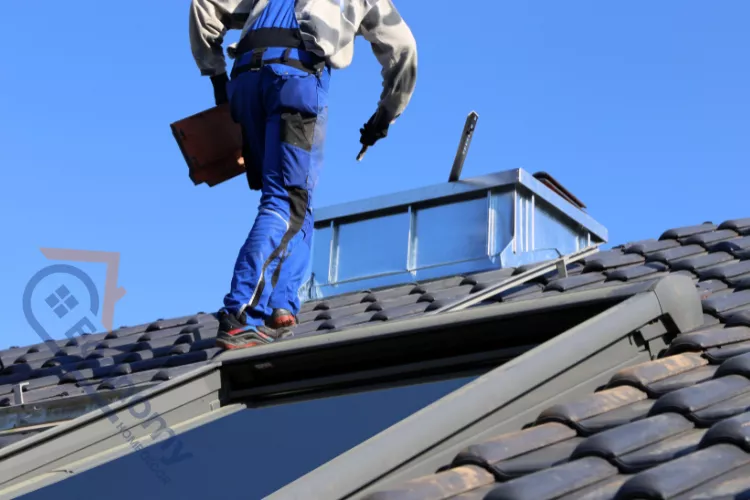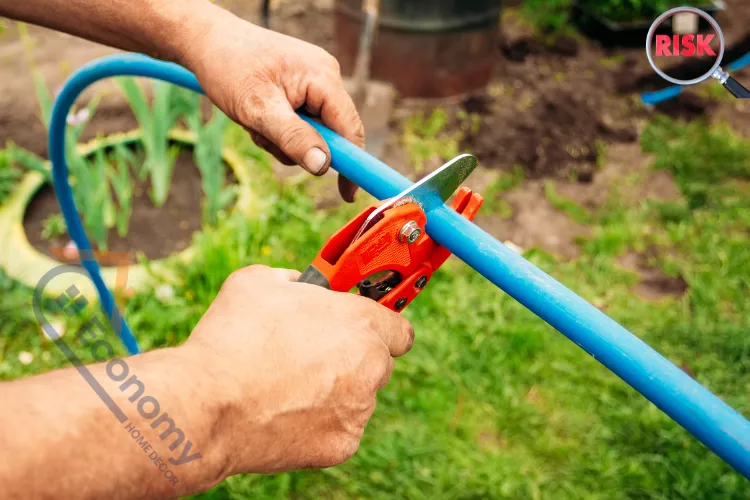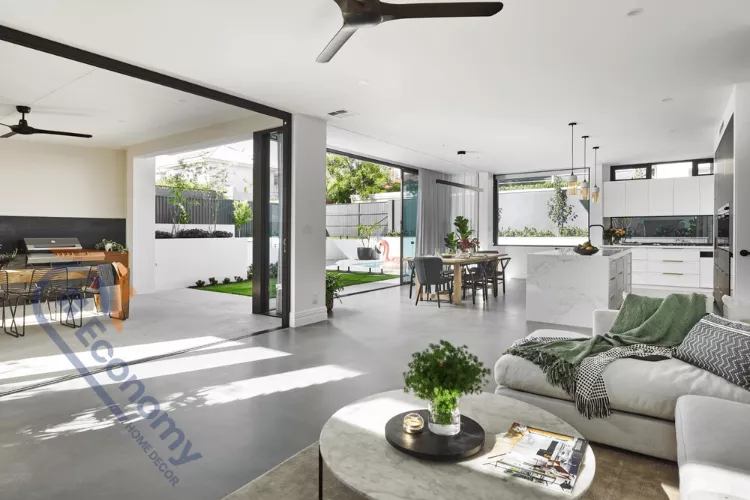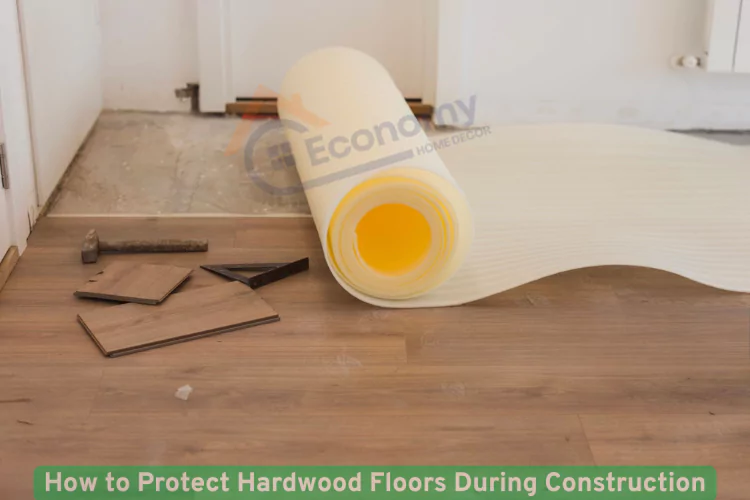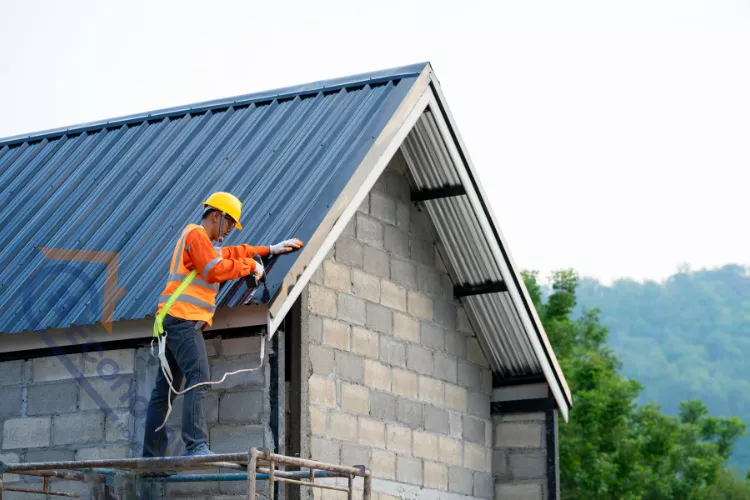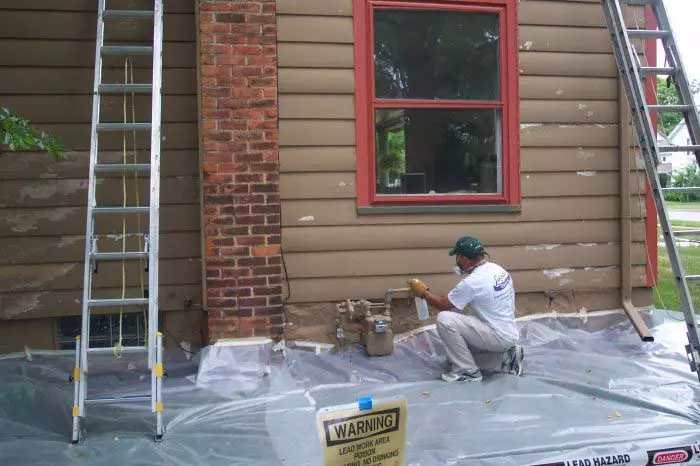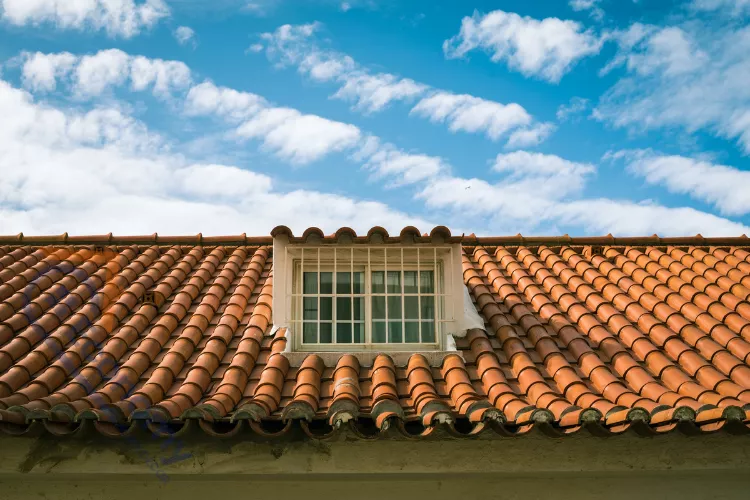Whether you’re building your dream home from the ground up or dealing with a leaky roof that’s keeping you up at night, finding the right roofing solution is crucial. Your roof is more than just the top of your house—it’s your first line of defense against rain, snow, wind, and everything Mother Nature throws your way. Let’s dive into everything you need to know about professional roofing solutions, from brand-new installations to essential repairs.
Understanding Your Roofing Needs
Every building has unique roofing requirements. New construction projects offer a blank canvas where you can choose the perfect roofing system from scratch. On the other hand, repair work requires careful assessment to determine whether you need a simple fix or a complete overhaul. Professional roofing contractors can evaluate your specific situation and recommend the best approach. They’ll consider factors like your budget, local weather conditions, building codes, and your long-term goals for the property. Making informed decisions now can save you thousands of dollars down the road.
New Roofs: Starting Fresh with Quality Materials
Installing a new roof is an exciting opportunity to enhance your property’s value and protection. New roofs, repairs, cladding, flat/rubber roofing services begin with selecting the right materials for your climate and architectural style. Modern roofing materials offer impressive durability, with many lasting 30 to 50 years or more with proper maintenance. Asphalt shingles remain popular for their affordability and versatility, while metal roofing gains traction for its longevity and energy efficiency. Clay and concrete tiles provide classic beauty and exceptional durability in warmer climates. The installation process typically takes several days to a week, depending on your roof’s size and complexity. Professional installers ensure proper ventilation, waterproofing, and structural support to maximize your new roof’s lifespan.
Roof Repairs: Fixing Problems Before They Escalate
Catching roofing problems early can prevent minor issues from becoming major headaches. Common repair needs include replacing damaged shingles, fixing flashing around chimneys and vents, sealing leaks, and addressing water damage in the underlayment. Regular inspections help identify potential problems before they cause interior damage to your home. Most homeowners should schedule professional roof inspections at least once a year, preferably in the spring or fall. Storm damage requires immediate attention—even if you don’t see obvious problems, high winds and hail can compromise your roof’s integrity. Working with experienced roofers hereford ensures repairs are done correctly the first time, using quality materials that match your existing roof.
Cladding Solutions for Enhanced Protection
Roof cladding provides an additional layer of protection and aesthetic appeal to your building. This exterior covering system shields your roof structure from weather elements while improving energy efficiency. Metal cladding offers excellent durability and comes in various colors and finishes to complement any architectural design. Fiber cement cladding resists fire, insects, and rot while requiring minimal maintenance. New roofs, repairs, cladding, flat/rubber roofing professionals can help you choose cladding materials that suit your budget and performance requirements. Proper installation is critical—incorrectly installed cladding can trap moisture and cause structural damage over time.
Flat Roofing Systems: Modern Solutions for Contemporary Designs
Flat roofs have become increasingly popular in modern architecture, offering unique advantages for both residential and commercial properties. Despite their name, flat roofs actually have a slight pitch to allow water drainage. These roofing systems maximize usable space, potentially creating rooftop gardens, patios, or areas for HVAC equipment. Built-up roofing (BUR) uses multiple layers of tar and gravel for durability. Modified bitumen roofing combines traditional materials with modern polymers for improved flexibility and weather resistance. TPO and PVC membranes offer lightweight, energy-efficient options with excellent UV resistance. Regular maintenance is essential for flat roofs since water can pool if drainage systems become clogged.
| Roofing Type | Average Lifespan | Best For | Maintenance Level |
|---|---|---|---|
| Asphalt Shingles | 20-30 years | Residential homes | Moderate |
| Metal Roofing | 40-70 years | All buildings | Low |
| Flat/TPO | 15-25 years | Commercial buildings | Moderate-High |
| Rubber (EPDM) | 25-30 years | Flat roofs | Moderate |
Rubber Roofing: Affordable and Reliable
Rubber roofing, technically known as EPDM (Ethylene Propylene Diene Monomer), provides an excellent solution for flat and low-slope roofs. This synthetic rubber material offers outstanding weather resistance, withstanding extreme temperatures from -40°F to 300°F. Rubber roofing resists tears, impacts, and UV radiation while remaining flexible in cold weather. Installation is relatively straightforward—the membrane can be mechanically fastened, fully adhered, or ballasted with stone. New roofs, repairs, cladding, flat/rubber roofing experts appreciate rubber roofing for its cost-effectiveness and proven track record. It’s particularly popular for garages, sheds, commercial buildings, and residential flat roofs. The material is also environmentally friendly, as it can be recycled at the end of its service life.
Benefits of Rubber Roofing
Rubber roofing stands out for several compelling reasons. First, it’s incredibly affordable compared to other flat roofing options, making it accessible for budget-conscious property owners. The material’s flexibility allows it to expand and contract with temperature changes without cracking or splitting. Installation is faster than many alternatives, reducing labor costs and minimizing disruption to your daily routine. Rubber roofing also provides excellent waterproofing—when properly installed, it creates a seamless barrier against moisture infiltration.
Maintenance Requirements
Like all roofing systems, rubber roofs benefit from regular maintenance. Inspect your rubber roof twice yearly, checking for punctures, tears, or seam separations. Keep the surface clean by removing debris, leaves, and standing water. Address any damage promptly—small repairs are simple and inexpensive when caught early. Professional inspections can identify potential problems you might miss and extend your roof’s lifespan significantly.
Choosing the Right Roofing Contractor
Selecting a qualified roofing contractor is just as important as choosing the right materials. Look for licensed, insured professionals with proven experience in your specific roofing needs. Check online reviews, ask for references, and verify their credentials with local licensing boards. Quality contractors provide detailed written estimates, use manufacturer-certified installation methods, and offer warranties on both materials and workmanship. They should communicate clearly about project timelines, potential challenges, and costs. Don’t automatically choose the lowest bid—extremely low prices often indicate substandard materials or inexperienced workers.
Signs You Need Professional Roofing Services
Several warning signs indicate it’s time to call roofing professionals. Inside your home, watch for water stains on ceilings or walls, peeling paint near the roofline, or visible light coming through the roof boards in your attic. Outside, look for missing, cracked, or curling shingles, granules collecting in gutters, sagging areas, or moss and algae growth. If your roof is approaching 20 years old, consider having it professionally inspected even if you don’t notice obvious problems. Energy bills that suddenly spike might indicate poor roof insulation or ventilation issues.
Emergency Roofing Situations
Some situations require immediate professional attention. Storm damage, including fallen trees or large branches, demands emergency services to prevent further interior damage. Significant leaks that allow water to pour into your home need urgent repairs to protect your belongings and prevent mold growth. Structural damage that causes sagging or instability poses serious safety risks. Keep contact information for emergency roofing services handy before you need them.
Cost Considerations and Budgeting
Understanding roofing costs helps you budget appropriately for your project. New roof installations typically range from $5,000 to $25,000 for residential properties, depending on size, materials, and complexity. Repairs generally cost $300 to $1,500 for minor issues, while extensive repairs can reach $3,000 or more. New roofs, repairs, cladding, flat/rubber roofing services vary in price based on your location, material availability, and contractor expertise. Request multiple detailed quotes to compare options fairly. Consider financing options if necessary—many contractors offer payment plans to make necessary roofing work more affordable.
Investing in Quality
While budget matters, prioritize quality over the cheapest option. High-quality materials and professional installation cost more upfront but save money long-term through reduced maintenance, fewer repairs, and extended lifespan. Consider your roof an investment in your property’s value, comfort, and protection rather than just an expense.
Energy Efficiency and Environmental Considerations
Modern roofing solutions offer impressive energy-saving potential. Cool roofing materials reflect more sunlight and absorb less heat, reducing air conditioning costs in warmer climates. Proper insulation and ventilation work together with your roofing materials to maintain comfortable indoor temperatures year-round. Metal and rubber roofing options are recyclable, reducing environmental impact. Some roofing materials qualify for energy efficiency tax credits, providing additional financial benefits. Discuss sustainable options with your roofing contractor to minimize your environmental footprint while maximizing performance.
Key Takeaways
- Professional roofing solutions encompass new installations, repairs, cladding, and specialized flat/rubber roofing systems
- Regular inspections and maintenance prevent minor issues from becoming expensive problems
- Choose roofing materials based on your climate, budget, and long-term goals
- Rubber and flat roofing systems offer excellent solutions for low-slope applications
- Working with licensed, experienced contractors ensures quality workmanship and lasting results
- Investing in quality roofing protects your property value and provides peace of mind
Frequently Asked Questions
How long does a typical roof installation take?
Most residential roof installations take 3-7 days, depending on size, complexity, and weather conditions. Simple replacements on smaller homes might be completed in just 1-2 days, while larger or more complex projects require additional time.
Can I install a new roof over my existing one?
Sometimes, yes—building codes in many areas allow one layer of roofing over existing shingles. However, this isn’t always the best choice. Adding layers increases weight on your structure and can hide underlying damage. Professional roofers can assess whether this option makes sense for your situation.
How often should I have my roof inspected?
Schedule professional roof inspections at least once annually, preferably in spring or fall. Additionally, have your roof checked after major storms or severe weather events that might cause damage.
What’s the difference between flat roofing and rubber roofing?
Flat roofing refers to the roof style (low-slope or no-slope design), while rubber roofing (EPDM) is a specific material commonly used on flat roofs. You can install rubber roofing on flat surfaces, but flat roofs can also use other materials like TPO, PVC, or built-up roofing.
Is roof cladding necessary for all buildings?
Not all buildings require cladding, but it provides valuable benefits including enhanced weather protection, improved insulation, and aesthetic appeal. Cladding is particularly beneficial in harsh climates or for buildings with specific architectural requirements.

